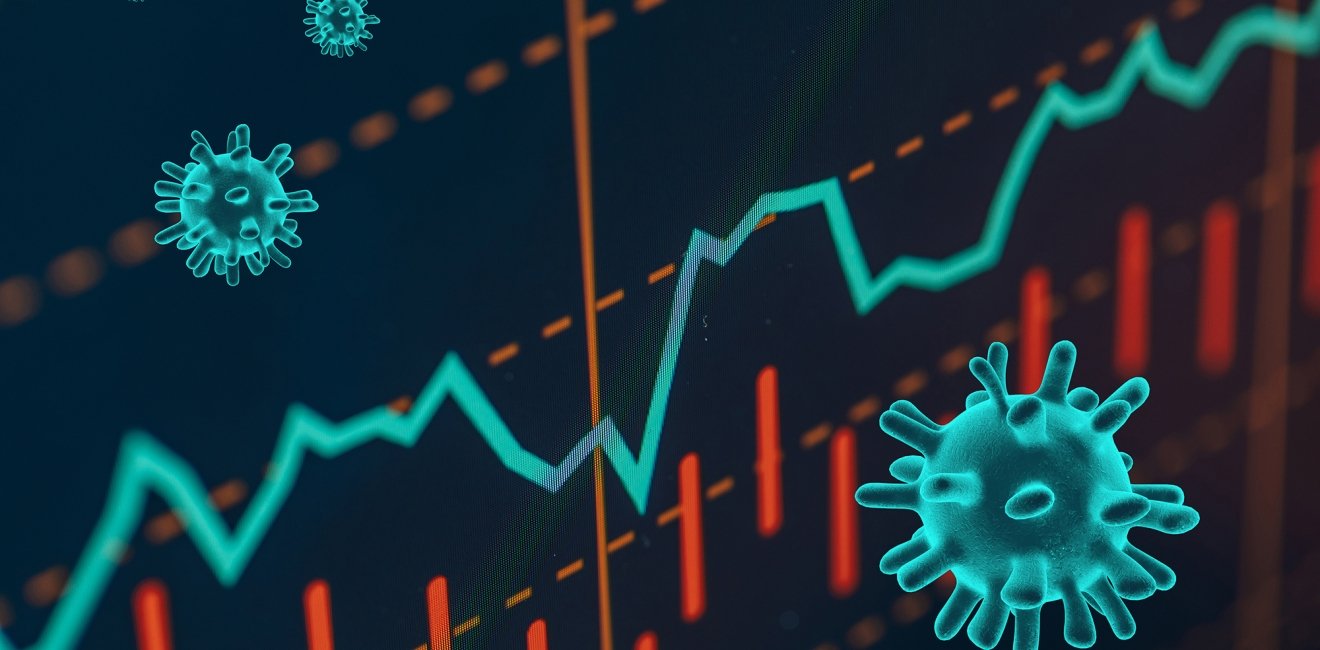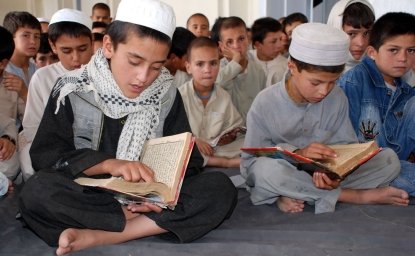
A blog of the Indo-Pacific Program
How countries emerge economically from a post-pandemic world will be as great a challenge for leaders in 2020 as it will be for them to win the battle against the coronavirus today. Projections for growth in coming months are dire amid a standstill in both demand as well as supply worldwide. In Asia, the IMF projects no growth this year, the first time in 60 years that the world’s most populous and hitherto most dynamic region will not be expanding economically. Amid speculation of a great recession or even a depression looming large, there are opportunities for countries across the region to weather the turbulence ahead and emerge stronger in the longer term.
One key opportunity will be on the trade front. Cited as one of the biggest risks to the global economy in 2019, tariffs are no longer seen as an obstacle to growth. In fact, the prevailing view that exports lead to economic strength while imports are a source of national weakness has been coming under scrutiny during the lockdown of the pandemic. Most countries are now reducing or eliminating trade barriers for medical supplies, and importing critical goods such as ventilators and personal protection equipment are now seen essential for national survival.
...the handful of countries such as Japan and Australia which are still open to exporting critical supplies abroad will be enhancing their standing as actors committed to free and fair markets, regardless of circumstances.
For East Asian nations that have had significant trade deficit of goods with the United States and have thus come under the wrath of the White House, reconsideration of what constitutes a winning trade strategy could recalibrate trade relations with the world’s largest economy. What’s more, as an increasing number of governments including the European Union as well as the United States impose export restrictions to keep medical supplies within their own borders, the handful of countries such as Japan and Australia which are still open to exporting critical supplies abroad will be enhancing their standing as actors committed to free and fair markets, regardless of circumstances. China’s provisions of medical supplies and sales of goods to Europe, meanwhile, have actually backfired and led to the questioning of Beijing’s quality control and reliability more generally as supplies have been found to be defective.
The pandemic has also made clear the inherent weaknesses of the global supply chain and its focus on low costs and low inventories that have led to a lack of critical supplies at home. With renewed interest in bringing back key manufacturers to operate domestically, one of the longer-term impacts of the COVID-19 outbreak will be the reassessment of global supply chains and a push to onshoring, or at least hedging risks and diversifying manufacturing bases. The biggest casualty of such a recalibration would be China, which in turn could put a dent into Beijing’s economic hegemony in Asia. Japan has already committed nearly $2.3 billion of its $1 trillion coronavirus aid package to support Japanese companies shifting their manufacturing supply chains out of China. Just how successful the deal will be in bringing back Japanese manufacturers is one question that remains to be seen. Then there is of course the diplomatic implication of such an evidently anti-Beijing stance by Tokyo. Yet politically, the move could prove to be one of the most significant to be taken by Prime Minister Abe, given that it could revitalize Japan’s industrial base by pushing the country to invest more in developing advanced technologies that would be less labor-intensive and require less land.
In the case of both Seoul and Taipei, efficient use of data to keep the coronavirus spread in check have been much lauded worldwide, and their ability to harness such capabilities to improve governance and equitable growth could well lead to a path for a new economic miracle in East Asia.
For Japan as well as for South Korea and Taiwan, an overhaul of the prevailing supply chain network can be an opportunity to reassess their strategic priorities for longer-term expansion. The global economic slowdown will lead to weakened demand worldwide at least for the remaining months of 2020, and perhaps considerably longer. The seismic shifts in global demand may actually prove to be the much-needed incentive for corporate restructuring, and developing strengths that would enhance their competitiveness in the years ahead. In the case of both Seoul and Taipei, efficient use of data to keep the coronavirus spread in check have been much lauded worldwide, and their ability to harness such capabilities to improve governance and equitable growth could well lead to a path for a new economic miracle in East Asia.
The consequences of deliberately closing down businesses in answer to a global health crisis remain uncertain, and the near-term outlook is hardly rosy in any region. But if the pandemic can be seen as a source of creative destruction that could lead to greater economic resilience in the longer term, East Asia may already be showing some of those signs.
Follow Shihoko Goto, deputy director for geoeconomics and senior associate for Northeast Asia, on Twitter @GotoEastAsia.
The views expressed are the author's alone, and do not represent the views of the U.S. Government or the Wilson Center. Copyright 2020, Asia Program. All rights reserved.
Author


Indo-Pacific Program
The Indo-Pacific Program promotes policy debate and intellectual discussions on US interests in the Asia-Pacific as well as political, economic, security, and social issues relating to the world’s most populous and economically dynamic region. Read more


Hyundai Motor-Korea Foundation Center for Korean History and Public Policy
The Center for Korean History and Public Policy was established in 2015 with the generous support of the Hyundai Motor Company and the Korea Foundation to provide a coherent, long-term platform for improving historical understanding of Korea and informing the public policy debate on the Korean peninsula in the United States and beyond. Read more





